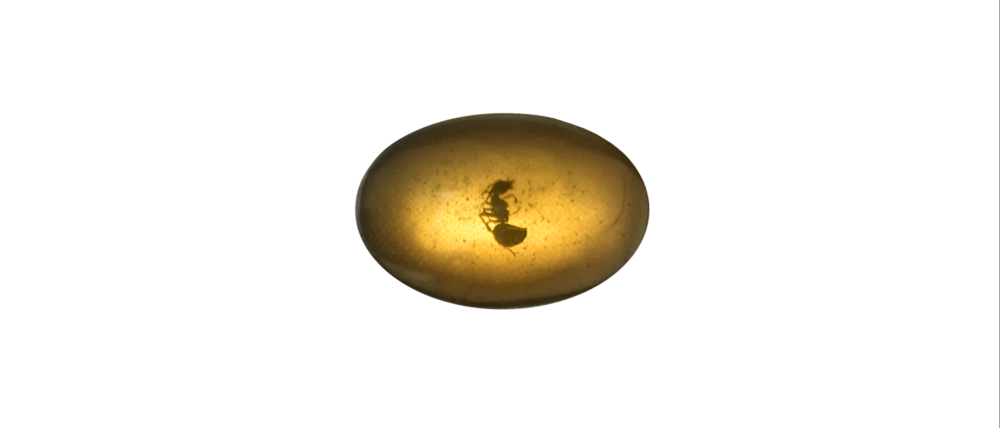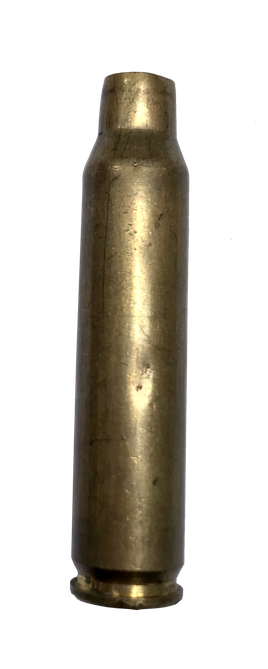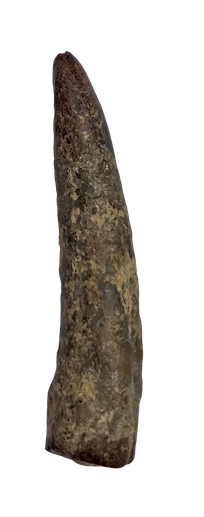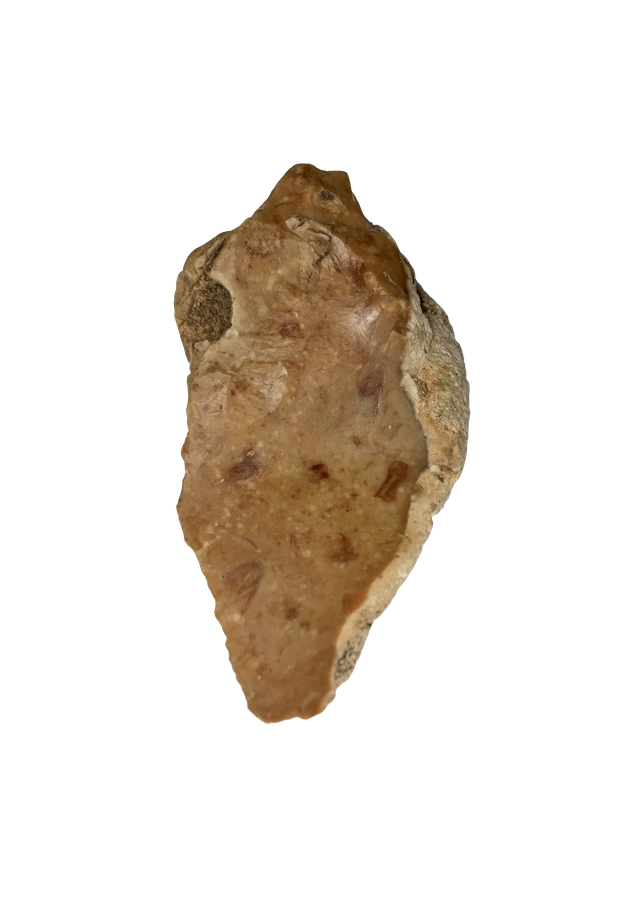Indonesian Artists Irwan Ahmett and Tita Salina on Cranial Relics
In ‘Planetary Solidarity’ by Terremoto
As part of an exchange collaboration with Terremoto, a cultural platform dedicated to critical thinking around contemporary art that takes place in the American continent, we present the first of three articles that dig into common interests between our editorial lines in the frame of Terremoto’s 19th issue, Planetary Solidarity, a South-South dialogue between the Americas and Southeast Asia.
Amidst the ongoing pandemic in Indonesia, artists Irwan Ahmett and Tita Salina examine their relationship with the feeling of fear by utilising gravitation and 11 artifacts collected over the last six years in Cranial Relic: Eleven Artifacts on Extinction and Survival since 1,5M Years.
Puuunnnn
For a world increasingly imprisoned by borders!
For the march of evolution and genetic mutation.
In the name of eternal fear.
The world keeps turning.
The Earth’s plates overlap, shift, and collide, mountains form, rivers split, are polluted, grow lonely without animals. There are no fish, no turtles, no snakes, no crocodiles, only plastic waste, flies, and humans carrying with them a disturbing fear.
Dutch East Indies Trading Company Coin, 1745
After Constantinople fell to the Ottoman Empire, the Europeans, in their search for spices, cut out the middleman and went to the source, the Far East. The Portuguese and Spanish spice trade in the tropical islands of Nusantara (now Indonesia) had to compete with the British and the Dutch. Eventually the ambitions of the V.O.C. (Vereenigde Oostindische Compagnie, or the Dutch East India Trading Company, a multinational corporation headquartered in Amsterdam) to control land and sea and exploit slaves from the eastern islands outgrew this system. An alliance was established—the result of the hypocrisy of the Eastern rulers and the cunning of the Western capitalists, conflict broke out in the family, and greed without end left an indelible mark on the Indonesian archipelago while ushering in a golden age for the Netherlands. Out of the need for valuable raw materials from exotic islands to fuel European industrialisation, blood-soaked treaties were signed, releasing ghosts to roam for generations. One such ghost of colonialism that haunts our generation is an acute collective sense of inferiority. This inferiority is like the evil spirits dwelling in old coins the size of European eyeballs, whose gaze cannot be interpreted as remorse or guilt, but whose influence has shaken the souls of colonised peoples and filled them with fundamental doubts. Doubts that caused our biological cousin, the ape, to fail to be human. Colonialism creates a domino effect of cultural failures whose manifestations are close to the surface; our exploitative mentality and the violence that is never far away. Behind this small coin, those straight-faced, pale-skinned people also brought religion, mined for oil and gold, and pursued capitalist glory. A new social class formed.
“Colonised peoples confronted the power of foreign monopoly as resistance began to emerge through insubordination and even violence, culminating in an intensity equal to Krakatoa’s violent eruption.”
A Talismanic Ant Encased in Resin
Humans are the only species on this planet to see beauty in the death of another species. This little black ant is rendered helpless; it is kidnapped, separated from its colony, and preserved in a warm resinous liquid. Its final breath is immortalised in tiny bubbles like notification bubbles announcing its death. Ants are a species second only to Homo Sapiens in their success in colonising the Earth. They are endlessly numerous and organise an amazing colony structure, spectacular and effective in defending the colony from outside disturbances. A guard ant won’t hesitate to decapitate intruding ants or kidnap eggs to become slaves. In addition to being accomplished colonisers, ants have also mastered warfare. Their collective instincts are integrated into the “collective mind” which operates without a single commando, without insubordination, but with a terrifying total biological obedience. Ants are dominated by the female sex. The main task of the male is simply to fertilise the queen. The queen is no absolute monarch, but rather exists for the sake of reproduction, for the next generation of the colony. Deaths are as common to ants as gusts of wind or birds chirping. The average age of worker ants is only a few months, a stark contrast to humans and their obsession with immortal health. Ants are equipped with a deadly biological instrument: their bite. The bites of some species of ants feel like a burn or a bullet, even to a much larger human. Although humans aren’t equipped with deadly biological instruments, the human mind intoxicated with colonial logic is in fact the most dangerous weapon of destruction, one that can make the human body’s tissue toxic to other species. The high cost of evolution is embedded in our crania; we, the cowardly creatures wracked with fear yet able to cooperate brilliantly in order to dominate others.
Tektite, 780,000 Years Ago, Belitung Island
Like the intelligence embedded in antibodies that reacts quickly to expel objects the body has determined to be foreign, it is certain that there are external and internal forces within humanity that collide with each other in dynamic turmoil like the ongoing laws of nature. When a large asteroid crashes into the Earth’s mantle at high speed, slicing through it like an operating knife, it too will burn up in the collision. Only small fragments escape the blaze, glistening like the beautiful light of immortality. The flaming meteor shower of extraterrestrial debris finally kisses the Earth’s surface, burning the lead-imbued sand until it transforms into a material resembling darkly tinted glass. Unfortunately, this collision isn’t strong enough to cause complete and final devastation, although it has been proven that at several points in the history of planet Earth, a meteor strike has brought about the mass extinction of several species.
Human evolution is deeply influenced by our relationship with stones. From prehistoric times to the first moon landing, humans have always collected and coveted stones. Will a stone one day bring about the final apocalypse? Or has it brought it already? Some people believe this tektite is a magic talisman that can confer power. I myself am more inclined to believe that this jet-black stone reveals the future of this species that first emerged the African savanna. The prophecy embedded in the stone is that it is not actually a meteor that will destroy the Earth once and for all, but a cowardly species capable of making weapons of mass destruction no less lethal than a meteor strike. To behold this paradoxical, destructive creature, simply rub the black tektite until it shines. There you will see reflected in it the smiling face of the destructive species, Homo Sapiens.
Bullet Casing
The laws and constitutions enshrined in half-hearted democracies are enforced beneath the shadow of a hailstorm of bullets, punches, kicks, the fog of tear gas, and blood. The promise the world’s leaders made to lead their nations to independence ends in the exploitation of their own people. Brass bullet casings are airtight spaces that silence the freedom to give a voice to difference, locked in the combustion chamber like suppressed rage until the order to shoot is given. An order that must be carried out with the absolute obedience of Abraham asked to slaughter his beloved son. Does the repeated pulling of the trigger annihilate all human feeling? Unfortunately, the bullets have already ricocheted in all directions, bombarding the value system that upholds truth and awakening the eternal fear of leaders; the fear of losing a system built on lies and with it, power. Violence becomes the new normal. The longer the violence continues, the shorter the lifespan of democracy. This bullet casing was collected on May 22, 2019, from the riots in Jakarta following the national election, when ten people were murdered and more than 700 died due to poor and inhumane implementation of the voting process.
Fossilised Crocodile Tooth
Diversity is the most challenging genetic gift, born through cultural mobility and exchange. It is difficult to accept the claim that homogenous communities are happier than diverse societies. In homogeneous societies, there is no group with greater wealth than the rest, yet this apparent equality merely furnishes reasons for these societies to erect invisible walls to protect themselves from their fear of other value systems, or to exercise aggressive domination through the size of their group. The fossilised tooth of this ancient crocodile bears witness to the inability of a homogeneous species to eliminate cannibalistic tendencies. When the fossil’s sharp edge pierced a layer of my skin, I felt my animal instincts swell, a reflex of fear difficult to comprehend, though time had already transformed it from tooth to stone.
Arrowhead, 700-1400 AD, Sriwijaya Kingdom, Sumatra
At first, hunter-gatherer peoples used spears to hunt or fight because they enabled their users to have an impact on other bodies without having to come into direct contact with them. Does the increased distance between perpetrator and victim erase the guilt of taking another’s life? In the course of developing their technology and civilisation, they mixed iron ore to make sharp poisoned arrows which fell from the sky like rain before plunging into flesh. Harnessing the forces of tension and gravity, the assailants hoped to further distance themselves from their targets, like modern states do with their new gods—weapons of mass destruction.
“Though our bodies may be conditioned by social norms and encased in the uniforms of various institutions, in our deepest instincts we found animal desires to act out our dominance, physical or otherwise.”
This manifests when we curse, graffiti or make other markings that express our hatred, or compile poetic phrases that naturalise nationalism. Although words cannot injure skin, designating humans as animals through the word is as commonplace as Jambret di Kapitalistiwa (like untaian batu zamrud di khatulistiwa).1 It has the power to etch an emotional wound deeper and more complex than a physical one. Skin heals quickly from the incisions of a wild beast’s claws.
A Stone Implement of Homo Erectus, 1.25 Million Years Ago
The lion possesses an elegant mane; the male orang-utans of Kalimantan grow tissue on their cheeks as adults, enlarging their faces and making them appear increasingly fierce. The display of raw power is necessary as a factor of natural selection to provoke fear in outsiders or threatening creatures. The phenomenon of panic buying at the beginning of the current pandemic revealed that modern humanity’s fear is provoked by invisible forces. Anxiety emerges out of our distrust of other humans and the loss of faith in the collective system past and present generations have created. Is fear’s imagination a form of evolutionary natural justice?
The cognitive development of humanity’s ancestors was influenced by unique relations between biology and rocks. The bottom of the evolutionary pool is full of hard rock, as hard as our skulls, superior though they are to those of ancient humans. In the evolution of the cranium, we can witness a significant change of form. The bony protrusion above the eyes recedes, as does the jawline, and the eyes, once dark and obscured, become increasingly visible as hair vanishes from the surface of the skin. In the last 200,000 years the shape of the human cranium has experienced a drastic feminisation that has also made a broader range of expressions possible and increased our ability to hide emotion. Has our human nature also softened? Although the shape of the human face has progressively softened, our aggressivity remains on par with that of the other great apes.
A Shard of the Wall Protecting the Indonesian Parliament
(Collected during a student protest in front of the Indonesian parliament on September 5, 2019)
The paradox evident in our fear of looking different and our simultaneous strident efforts to differentiate ourselves based on skin colour, sexual orientation, and social class is materialised in the walls and discriminatory rules that mark out minority groups and those considered different. Apes will accept members of their own species who have Down syndrome or polio. In big cities, enormous quantities of money are poured into nurturing suspicion. Permanent walls are erected around houses and communities are fortified, while the people within them increasingly suffer from depression and loneliness. On a national scale, border walls are built that resemble giant dragons straddling the Earth. Fear has evolved from an ingrained drive that encourages caution when encountering the unfamiliar aroma of another body to an institution that empowers the xenophobia planted in the cranium with increasing rigidity. Is the petrified cement of this parapet that divides and estranges humans, gouged out in a fit of anger, a testament to a futile effort to oppose an evolutionary dictum?
A Rounded Stone Used by Homo Erectus to Kill its Prey
The acceleration of the cognitive revolution, accompanied by the evolution of aesthetics within the cranium of Homo Erectus, is thought to have encouraged them to channel a variety of expressions into forms we might now be inclined to call “art.” Stone instruments, evidence of human occupation, scattered from Neanderthal Valley, Europe, to the ancient rivers of Java in the Indonesian archipelago are our closest “comrades” in the struggle to survive. Did our ancestors mould and shape stones, or was it precisely the opposite? Let us pay our respects to stones because they’ve increased the size of our brains. It seems that with a brain volume of 1400 cc, modern humans are too sophisticated to become extinct. Although their brains were smaller, the creatures who made these stones were able to alter the shape of irregular stones to become almost perfectly symmetrical by rubbing them against a wet hard stone surface, thus making them easier to clasp and throw. Great Homo Erectus roamed the Earth for two million years, finally going extinct with the birth of modern humanity. Is natural selection mistaken in designating Homo Sapiens as infinitely superior? Or is there a more moralistic way to annihilate humanity?
A Paving Stone Thrown by a Member of a Right-Wing Organisation and Conspiracy Theorist, While Intimidating Pro-Democracy Protesters in Jakarta, September 2016
The human characteristic that impels us to continue to fight based on inherited fear of others, such that a group of individuals will choose to attack before being attacked, is very troubling. In the hot years of the Cold War, accompanied by the increasingly strong winds of support for the Communist ideology in the Republic of Indonesia, history chose its own path. Euphoria ended in sorrow and unmatched destruction. More than 500,000 Communists and their sympathisers were savagely killed. Ever since Communists were accused of trying to stage a coup in 1965, Communist ideology has become the scapegoat for every government failure, and Communism has been constitutionally forbidden since 1966. There have been no reparations from the perpetrators (civilians, militia, the Indonesian army) for these vile crimes against humanity. Wounds are imprinted like keloid scars, a black page in Indonesia’s history that remains taboo to this day. The accusation of Communist! is a weapon that is used to discredit political foes and protect the interests of the powerful and the narcissism of populist politicians. Persecution continues in the interest of maintaining the status quo, and this accusation is used as a trump card by those who are drunk on nationalism as a result of perverse propaganda and a hideous truth that cannot be revealed.
Note for the reader: To be honest, I have found myself frustrated, lacking motivation to start working on this piece of writing. I feel trapped, not only by the ongoing burden of uncertainty caused by the terrible handling of this pandemic, but also by the unfolding events of this week. This week in Jakarta, the police captured¹,365 young demonstrators who were protesting against controversial new laws mandating further curbing workers’ rights and environmental protections in the middle of what is already an incredibly corrupt system and a catastrophic environmental state. I’m sorry if the emotional state I’ve been in while writing this piece casts a shadow over the text.
The original text and images were published on Terremoto on 30 November 2020.
Notes:
This is an Indonesian plesetan (wordplay) punning on a popular and romantic sobriquet for the Indonesian archipelago (untaian batu zamrud di khatulistiwa or a “string of pearls along the equator”). Irwan Ahmett and Tita Salina revise this sobriquet to become Jambret di Kapitalistiwa—“the bag-snatchers of capitalism” where the bag-snatchers refer to the Indonesian economic and political oligarchy who pillage their own people and ravage the country they romanticise with such nationalistic fervour.











